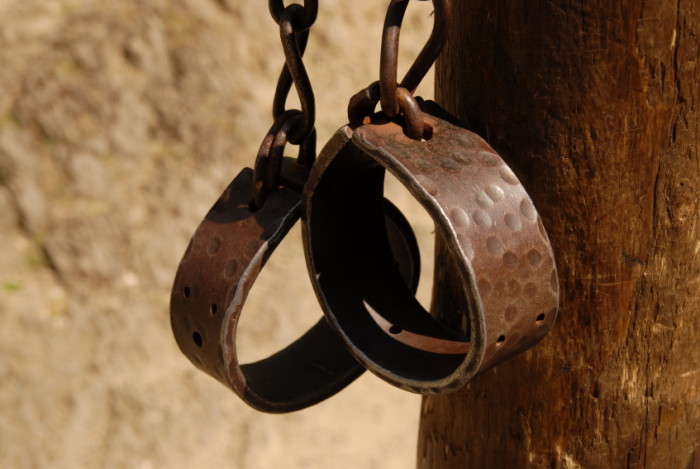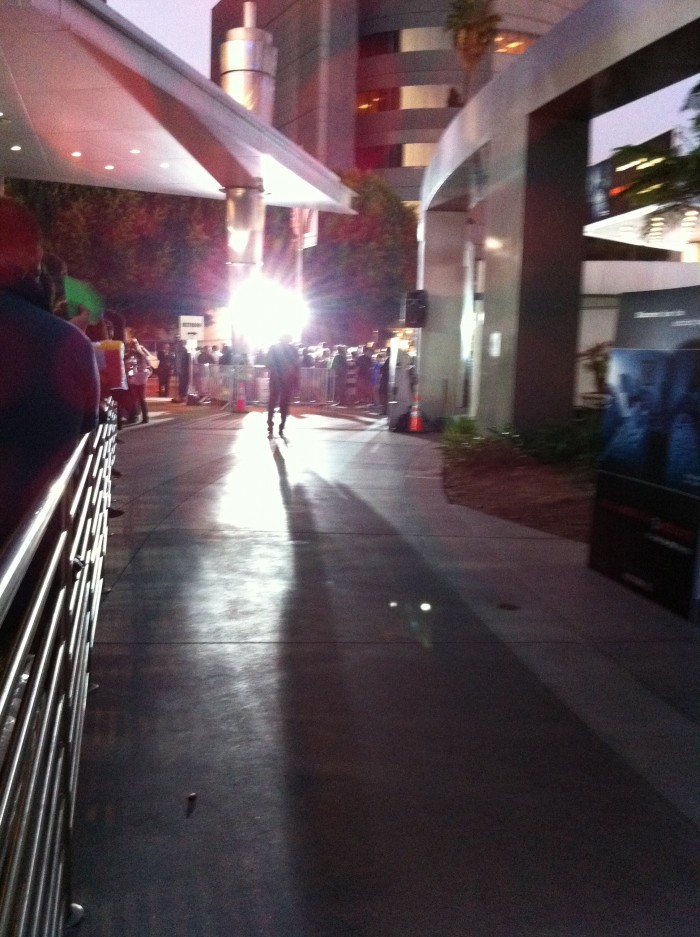Hiding in Amsterdam to avoid persecution of the Jews in 1942-44 could not have been the easiest of experiences.
We can know what it was like for Anne Frank and her family and four others through Anne’s record of daily events in the annex of her father’s business. They were discovered in August 1944 and taken to camps. Of the Frank family, only Otto survived. When he returned, Meip Giles, who had collected Anne’s writing and family photo albums, returned them to Frank. Learning of her intent to publish a work based on her experience after the war, Otto Frank decided to publish Anne’s writings. The book was favorably received. I read it in junior high school.
Not having been one to journal my life events, Anne Frank makes me consider the possibilities. As a sharer of my life story, I am encouraged by the fact that Anne’s experience continues to make an impact on the world long after her death. However, there was no assurance Anne’s work would have been preserved or eventually published after her death. So, encouragement might come from other benefits of journaling. Maud Purcell in The Health Benefits of Journaling on PsycheCentral.com indicates there is evidence that journaling impacts physical well-being positively. Both Purcell and C.M. Smith author of 6 Ways Journaling Will Change Your Life say it is a way to clarify what is happening in your life and how you really feel about it. Journaling provides us with insight into who we are which can assist in decision making.
Want to begin the practice of journaling regularly? Michael Hyatt has created a template to help jog thoughts in How to Become More Consistent in Your Daily Journaling.
I celebrated what would have been Anne Frank’s 85th birthday June 12, 2014, by seeing The Fault in Our Stars, based on the book by the same name. When Hazel Grace Lancaster (Shailene Woodley) and Augustus Waters (Ansel Elgort), two youths who meet in a cancer support group, travel to Amsterdam to meet the author of Lancaster’s favorite book, they aren’t welcomed warmly by the author. His assistance takes them on a tour of the city including the Anne Frank Museum. Anne’s short life echoes what these two youths face; they both are likely to leave this world too early.
Whenever we leave this life, it may always feel too early. Recording our lives leaves a chance we may live on in influence in this world even after our death.








